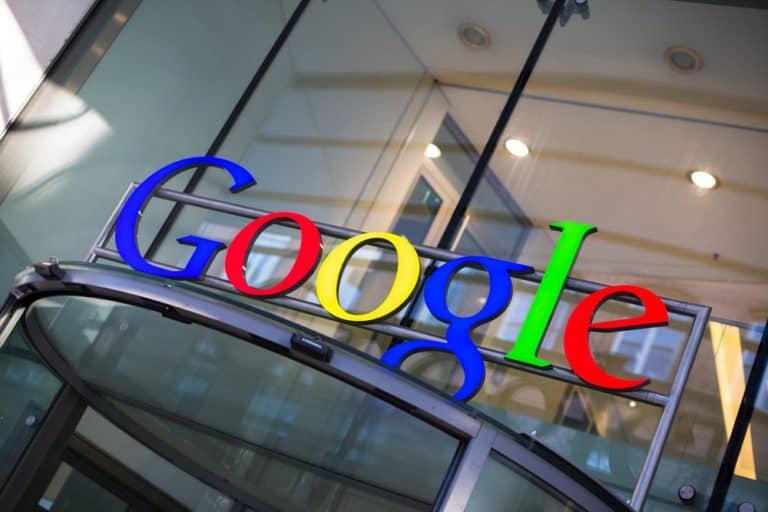Google has created a new open source framework that allows artificial intelligence (AI) models to learn to work with structured and adversarial data. This is Neural Structured Learning, which was made for the AI development toolkit TensorFlow.
The framework allows developers to bring structured data into a project by writing just a few lines of code, writes Silicon Angle. Developers only have to prepare their AI model, provide the training data and indicate the structure with which the data should be organised.
Although AI models mainly process unstructured data – such as videos and photos – structured information such as graphs remains useful. Such information can be used to teach newly developed AI models how to recognize patterns efficiently.
Google engineers Da-Cheng Juan and Sujith Ravi argue that the use of structured signals in training can help developers achieve higher accuracy. This is especially true if there is a relatively small amount of labelled data present.
Processing structured data is also an important task for certain types of machine learning software. For example, the AI models used by scientists in genomics and molecular research often use structured data as input. This also applies to certain types of natural language processing algorithms.
Conflicting examples
The framework allows developers to further specify implicit structures, to make so-called adversarial (contradictory) samples. These are, for example, malicious files – such as a picture with manipulated pixels – that do not look different to a human being, but can cause an AI to make mistakes and cause corrupt processing results.
By giving such data to a machine learning model during development, the software can learn how to repel such attacks.
Models trained without adversarial samples have a significant loss of accuracy if malicious, but undetectable, disturbances are added to the inputs, according to the Google engineers. According to the engineers, the accuracy in these cases is up to 30 percent lower.
